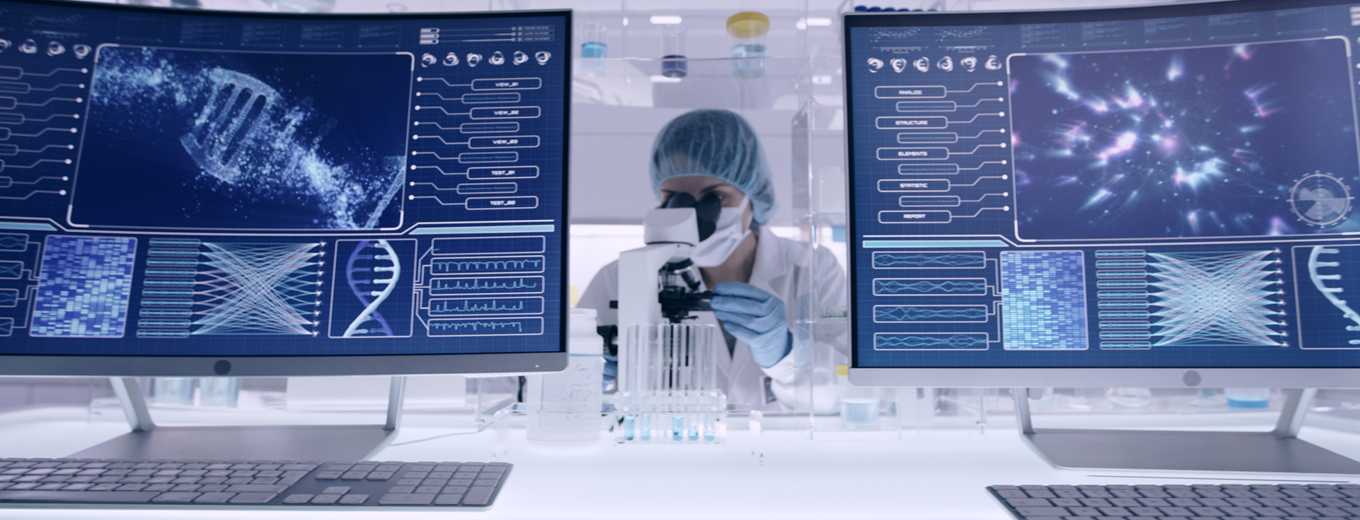The Joint Research Centre provides strategic intelligence to better support the EIC in facing emerging technologies and breakthrough innovations.
The Joint Research Centre’s (JRC) report “Eyes on the Future” identifies key signals from recent studies on emerging technologies and innovations, providing strategic intelligence for the European Innovation Council (EIC). Out of three publications, which will published separately throughout the year, this volume highlights significant trends across various sectors, guiding funding decisions and policy development to bolster Europe’s innovation landscape. After the first collaboration between the JRC and the EIC in 2023 (Farinha, Vesnic-Alujevic, Alvarenga, & Polvora, 2023), this new project aims to enhance strategic intelligence capacity more systematically and to provide evidence-based advice to policy.
The report identifies and analyses 34 key signals from 186 reviewed publications, encapsulating advancements in 11 primary categories defined by the EIC taxonomy. These categories include Health, Mobility, Space, Agriculture & Food, Hardware & Semiconductors, Advanced Manufacturing, Environmental Tech, Energy, Built Environment, Advanced Materials, and Information & Communication Technologies. Each primary category entails a list of further detailed categories at the secondary level. The methodology involved a rigorous process of signal collection, assessment, and selection, ensuring a balanced representation of technologies at different maturity levels. In this report, a signal can be understood as “nascent but tangible manifestations of novelty, not only in science, technology, innovation, or markets, but also other areas such as media or artistic practices, even if these last domains are not in focus”. Signals were evaluated for their novelty, relevance to EIC’s mission/portfolios and EU’s economic security interests (according to the list of critical technology areas), and potential impact on EU policy and funding priorities. An internal database was created to continuously monitor and update these signals, providing a dynamic resource for strategic foresight. Crucial questions for the EIC were addressed during this exercise, such as (i) “Which of these signals should be present on the EIC radar for anticipatory intelligence?” and (ii) “Which of them connect with emerging deep tech and breakthrough innovations with a likely impact on the EU future?”.
Thanks to this study, the authors could identify unexpected convergences between primary sectors such as Agriculture & Food and Space, suggesting to better monitor these areas. Additionally, new convergences between Advanced Materials and Space emerged, inviting the EIC to further examine the emergence of new materials to handle space power. Secondary categories are mostly aligned with their associated primary categories. However, Hardware & Semiconductors, and Advanced Materials have the largest spread outside their own domain. The Information and Communication Technologies category remains largely isolated, mostly connecting with secondary categories in its own area. Furthermore, there is a potential need for a dedicated AI portfolio containing topics linked to Mobility, as some AI and Mobility signals are currently not represented in EIC portfolios. Synthetic biology has emerged as a critical sub-area within the Health category, prompting the EIC consideration for its own secondary category. Finally, the Built Environment category shows strong links to clean tech, although this is not reflected in its secondary categories, indicating a gap that the EIC might need to address. One concrete example analysed during this study is in the field of Paper Sensors for Food Packaging: Designed to minimise food waste, these cutting-edge sensors, crafted from cellulose paper and conductive ink, can detect spoilage gases without needing additional moisture. By being incorporated into food packaging, they have the potential to replace conventional “use-by” dates, offering a more precise measure of food freshness and thereby reducing unnecessary waste.
To conclude, the report emphasises the need for cross-cutting policy approaches to maximise the impact of innovations. Key recommendations include: (i) continuous monitoring by maintaining an up-to-date database of emerging signals for informed decision-making; (ii) cross-sector collaboration by encouraging interdisciplinary projects to harness synergies between technology domains; and (iii) strategic investments by focusing on critical areas like synthetic biology, AI in mobility, and space-based power materials. “Eyes on the Future” offers a comprehensive overview of emerging technologies shaping Europe’s innovation landscape. By identifying key signals, the report provides valuable insights for the EIC and policymakers to prioritise funding and support strategic initiatives, fostering a robust and resilient innovation ecosystem in Europe.

